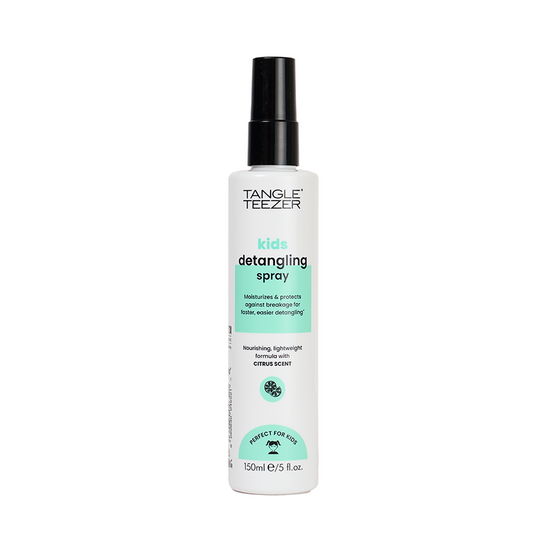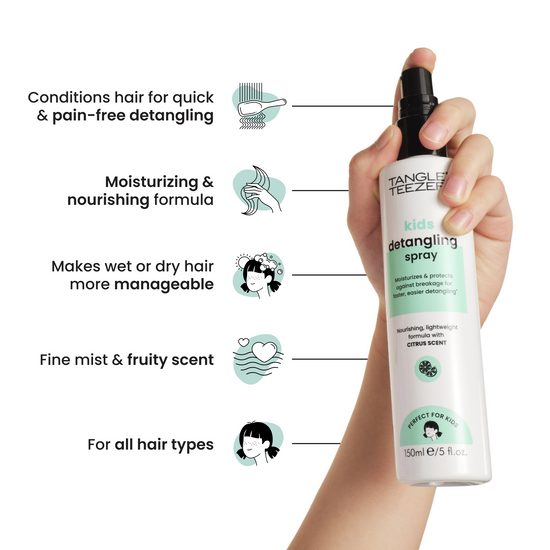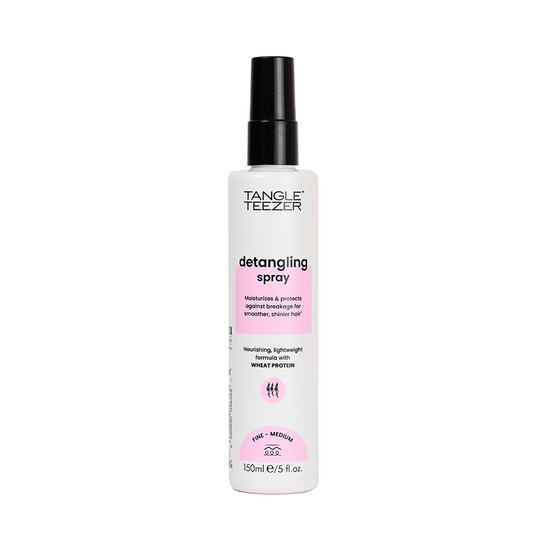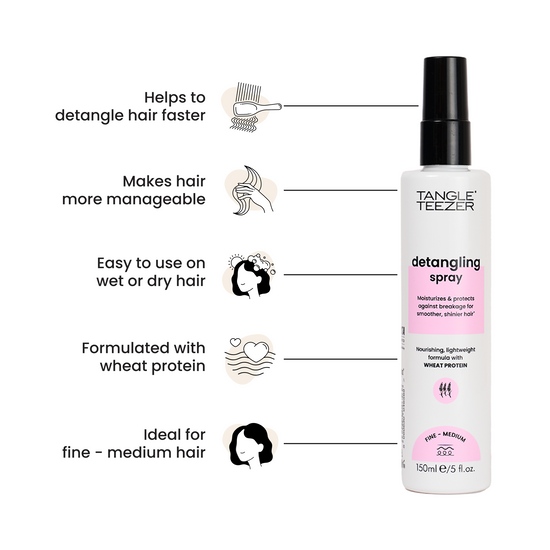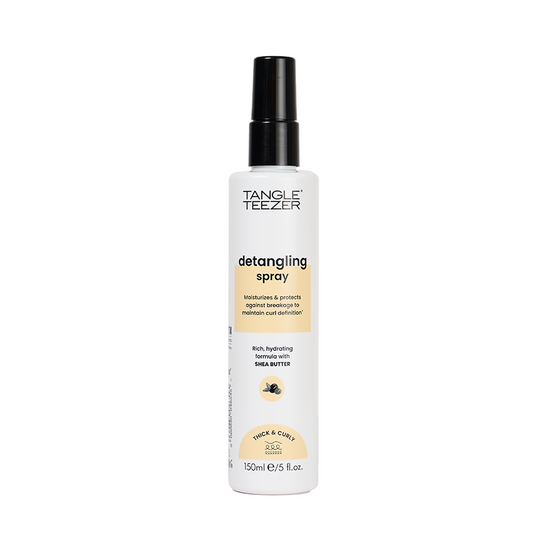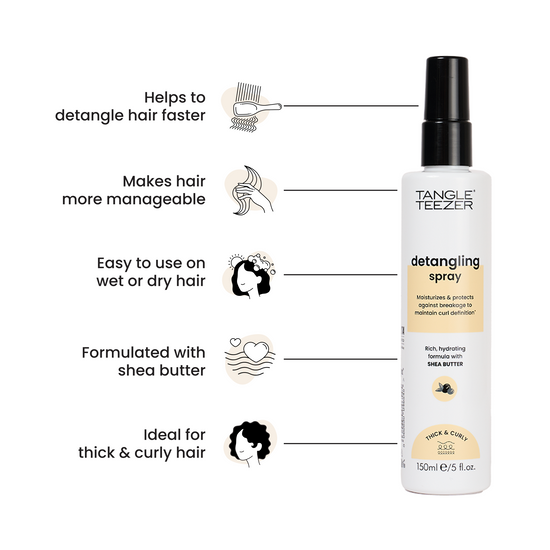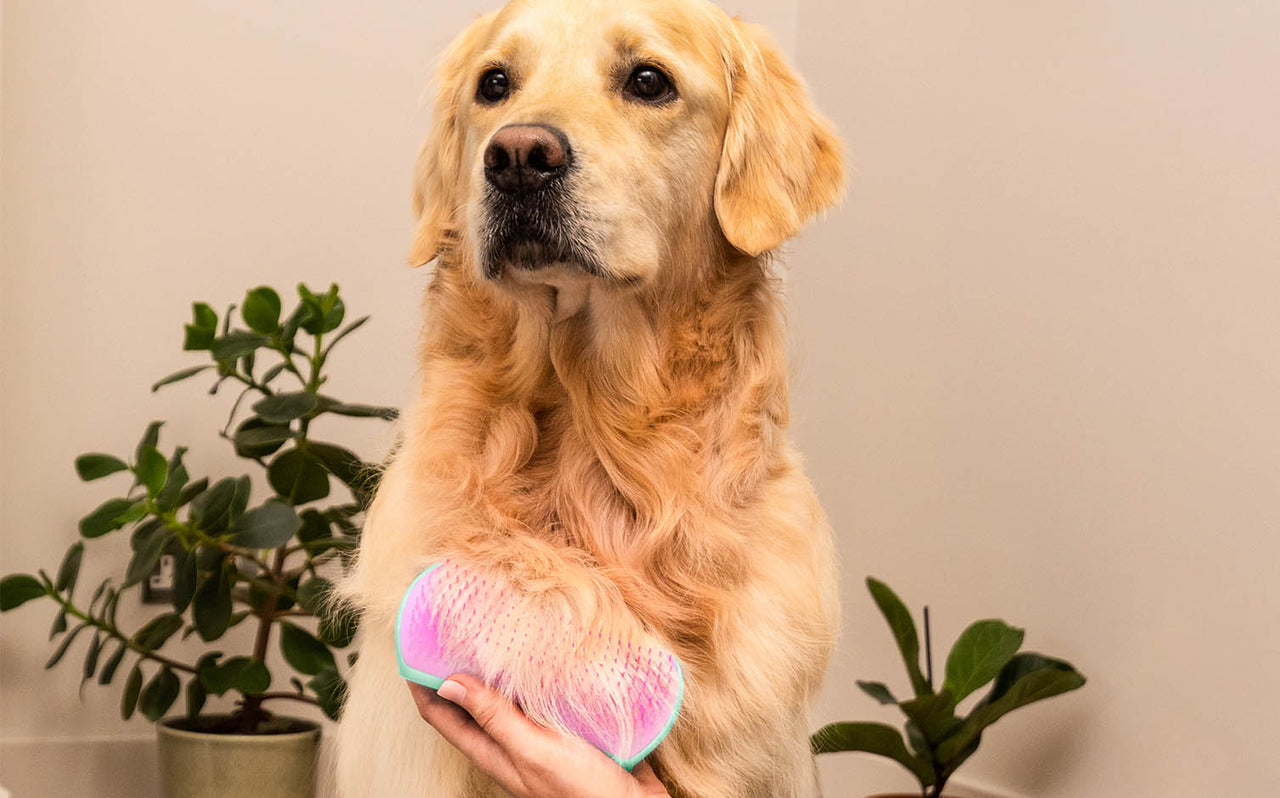Let’s face it, dogs can be messy creatures. Even the neatest of pooches will sometimes end up with muddy paws if you don’t keep a check on them. It’s important that you remember to groom your dog regularly to ensure their coat and skin stay happy and healthy. A dog’s coat is a crucial part of their identity and should always be kept looking its best! If you have ever owned a dog before, you’ll know how much hair they can shed on your carpets, sofa, bedsheets, etc. There are several different brushes for dogs that come in handy for keeping their hair tamed so you won’t have to vacuum quite as often. The following is a guide to some common types of brushes for grooming dogs.

Why is Grooming Your Dog Important?
If you have a dog at home, you’ll know that regular grooming keeps your pup clean and smelling fresh. But did you know that brushing your dog is important for health reasons too? Regular brushing helps to remove any loose hair that may be clogging their skin and causing irritation or getting stuck in their pads. It can also help dogs with allergies by removing allergens that are often trapped in their fur! Ward off fleas and other pests that may be looking for warm, furry dogs to call home by having consistent grooming sessions and checks. Not to mention how often dogs moult – de-shedding tools help to keep the fur at bay, so your couch We also think it’s a great bonding moment for you and your pooch whilst also keeping their coat healthy and preventing tangles from forming in their fur.

The Essential Equipment
There are a few crucial items we would think you’ll need for grooming your dog. To start, a detangling brush is perfect for brushing out mats and knots in your dog’s coat before they get too bad and require cutting out. These should also be used regularly to prevent tangles forming in the first place. For the furry pups, a de-shedding brush is one of the most useful tools you can come across. These are designed to help get rid of dead hair, while also encouraging new growth. Our De-shedding Brush is a sturdy, palm-friendly brush which can be used on all parts of your dog’s coat. You can also stock up on other accessories such as nail clippers and dog-friendly toothbrush and toothpaste for the ultimate grooming session.
Step One: A Detangling Brush
To start your grooming session, we’d recommend a detangling brush to get out all of those fur-ustrating knots, mats, and tangles from your dog’s coat. Whether you have a terrier, cocker spaniel, or golden retriever, mats are a common problem with long-haired dogs, particularly if they have a breed that is known for being fur-challenged. If you notice that your dog’s coat is starting to get tangled or matted, you should be quick to brush it out before it becomes too bad. If you don’t brush it out early enough, it can become painful for your dog and may need to be cut out. These brushes are designed to glide through your dog’s coat without pulling or being too harsh on their skin. They’re made with our soft two-tiered teeth technology that won’t cause your dog any discomfort, which means it’s good for your dog and your wrist!
Step Two: A Deshedding Brush
Another one of our favorite grooming products would be the De-shedding Brush. It’s the perfect grooming tool for dogs with heavy coats, especially if they are shed-heavy breeds such as Huskies, Labradors, and German Shepherds. As cute and cuddly as they are, these types of dogs moult almost year-round which doesn’t bode well for a clean home. Did you know that it’s usually the undercoat that comes loose first and causes the most mess? A deshedding brush is perfect for brushing out your dog’s undercoat to get rid of loose hair before it ends up all over your home. With its two-tiered teeth technology, the Pet Teezer brushes help to gently remove dirt and the build-up of fur without tugging, which means it’s kind for you and your pup!
Step Three: Bathing Your Dog
After all the pesky excess fur is brushed off, it’s time to give your special pooch a bath! Although some dogs prefer to steer clear of bathtubs, it’s one sure way of achieving that soft, shiny coat. When bathing your dog, you’ll want massage their coat and remove any dirt and grime trapped in their fur. You’ll also want to get a special shampoo that is safe for dogs, as human shampoo can be harmful to them. If you’re feeling like giving your dog an extra TLC, you can always try out dog-friendly conditioner to help make their coat extra soft after rinsing! Always make sure to rinse your dog thoroughly after bathing to remove all the shampoo and conditioner from their fur. How often should you wash your dog? We’d say around once every month, depending on their coat type and daily activities.

Step Four: Clipping Nails & Brushing Their Teeth
Your regular grooming sessions could end here. Or, if you’re feeling up to it, you can give your pet the full spa-like treatment by clipping their claws and brushing their teeth. Dog claws can grow quickly and, if not maintained, many dogs can end up with their nails getting too long and digging into their pads. It’s important to trim their nails on a regular basis for their health but also if they’re prone to climbing on furniture or enjoy play-fighting. If you’re not sure about whether your pup is a fan of nail clipping, you can always try wearing rubber gloves if you want to avoid the occasional little scratch! Although most vets recommend that you brush your dog’s teeth on a daily basis, we’d say you’re safe with a couple of days a week. But make sure you purchase a toothpaste and a small toothbrush specifically designed for dogs.

Brushing and other grooming techniques can be a great way to bond with your dog. It is also an important way to keep your dog healthy by removing dirt and debris from their coat and skin. If you are new to dog grooming, start with basic brushing techniques and work your way up to more advanced grooming techniques as you become more comfortable. It is important to remember to do regular upkeep on your dog’s coat so you can keep them clean, healthy, and happy.

